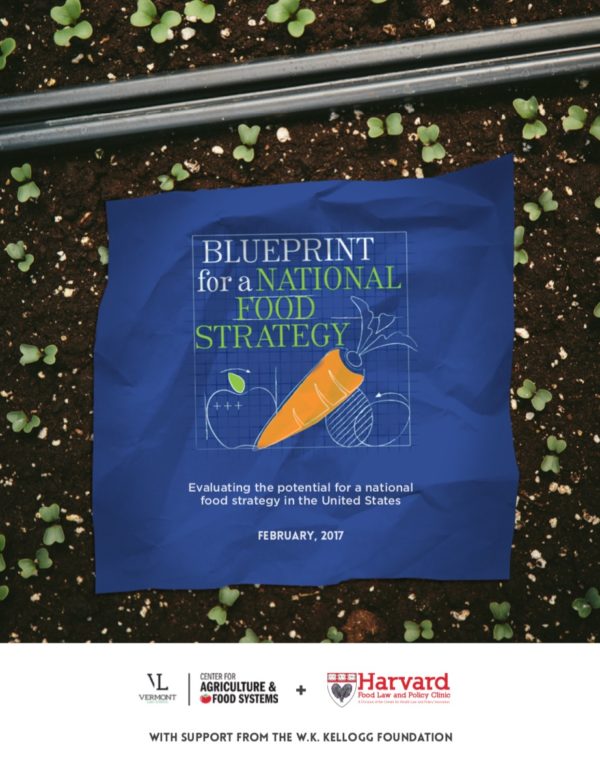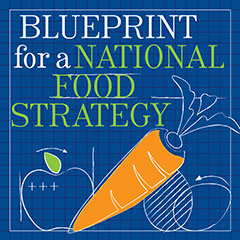Blueprint for a National Food Strategy
Evaluating the potential for a national food strategy in the United States.
Regulation of the American food system is marked by inequality and inefficiency. There is no federal “food” agency; instead, food is regulated by more than a dozen agencies under a number of laws, resulting in conflict, inefficiency, and redundancy. Multiple agencies regulate food safety, production practices, agricultural workers, health and nutrition, environmental impacts, and trade, among other issues. Food and agricultural law in the U.S. represents a patchwork approach with dire consequences: simultaneous obesity and hunger; food insecurity and waste; reliance on foreign labor and barriers to immigration; agricultural practices speeding climate change; and threats to farm viability.
In 2017, the Harvard Law School Food Law and Policy Clinic and Vermont Law School’s Center for Agriculture and Food Systems developed a Blueprint for a National Food Strategy to provide a procedural framework for comprehensive food system law and policymaking. By design, the Blueprint for a National Food Strategy focused on process rather than policy. Consequently, it provided an overview of U.S. food system regulation, identified inconsistencies in some of these laws and authorities, and offered recommendations for a coordinated solution based on an analysis of selected domestic and international models. As explained in the Blueprint, a carefully designed national food strategy lays the foundation for more effective policies and resource utilization, and a stronger food system.

